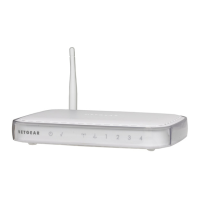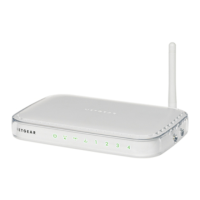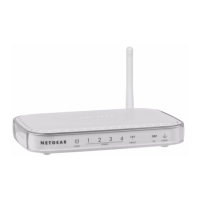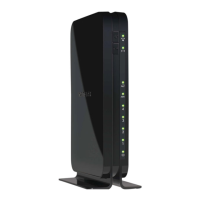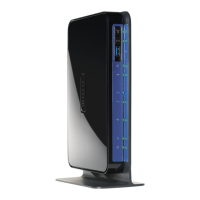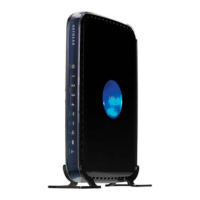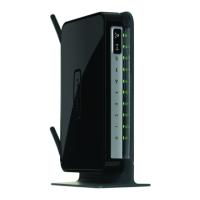Why is my NETGEAR DG834G - 54 Mbps Wireless ADSL Firewall Router Wireless Router unable to load web pages?
- DDiane MarquezJul 26, 2025
If your NETGEAR Wireless Router isn't loading web pages, it might be because your computer doesn't recognize any DNS server addresses. If you manually entered a DNS address during the router's setup, try restarting your computer and double-checking the DNS address. Also, if your computer gets its settings from the router using DHCP, restart your computer and confirm the router's address, as your computer might not have the router configured as its TCP/IP router.


